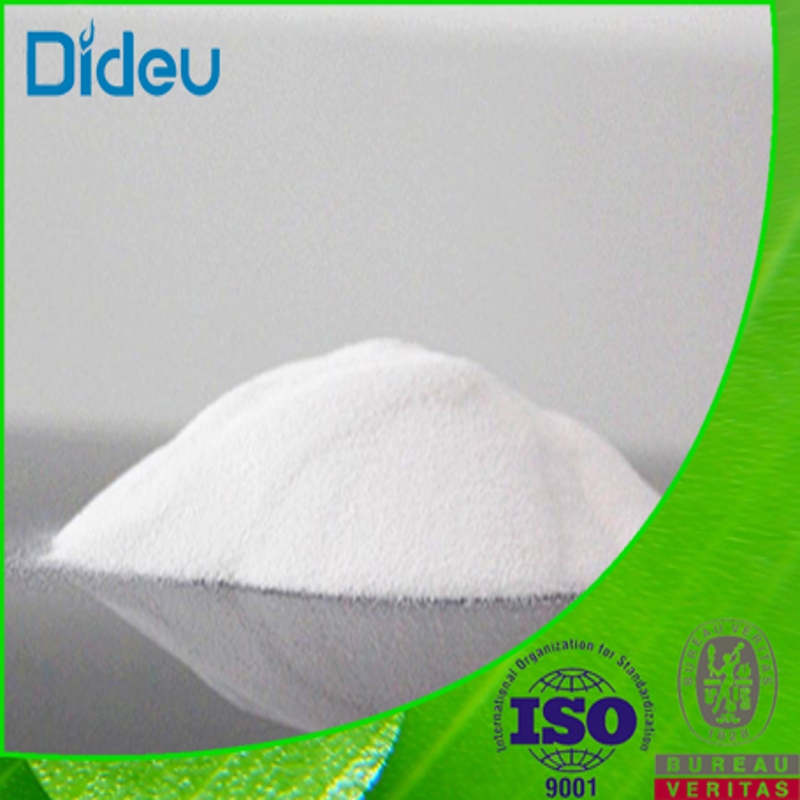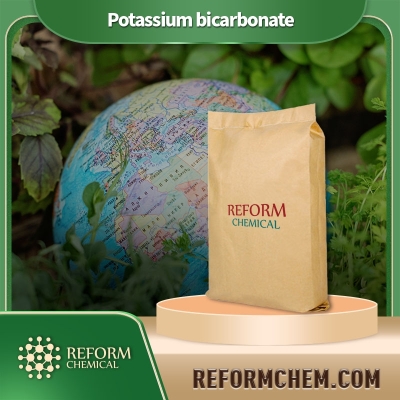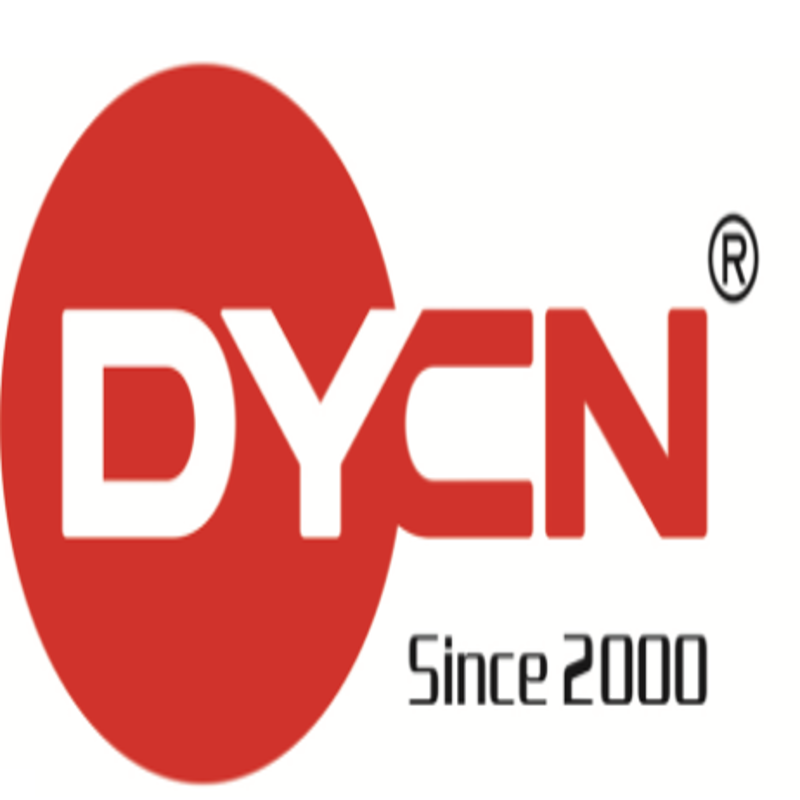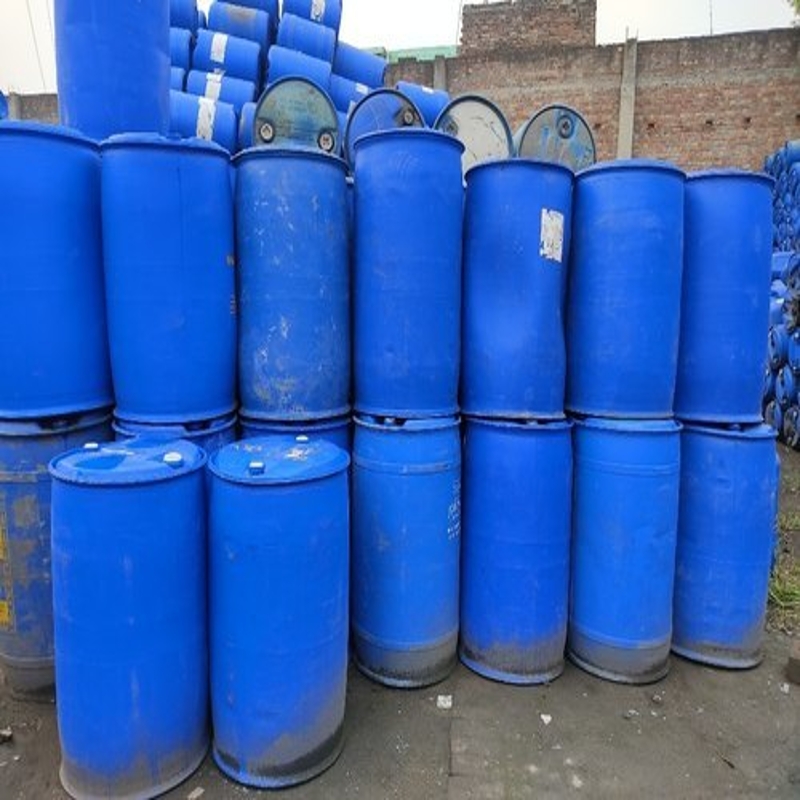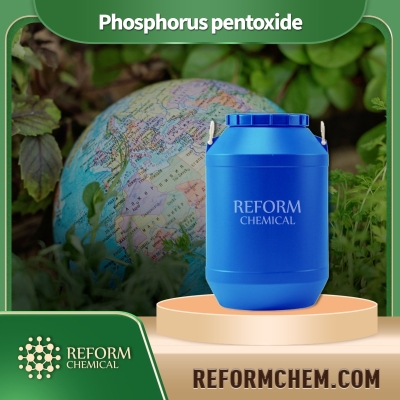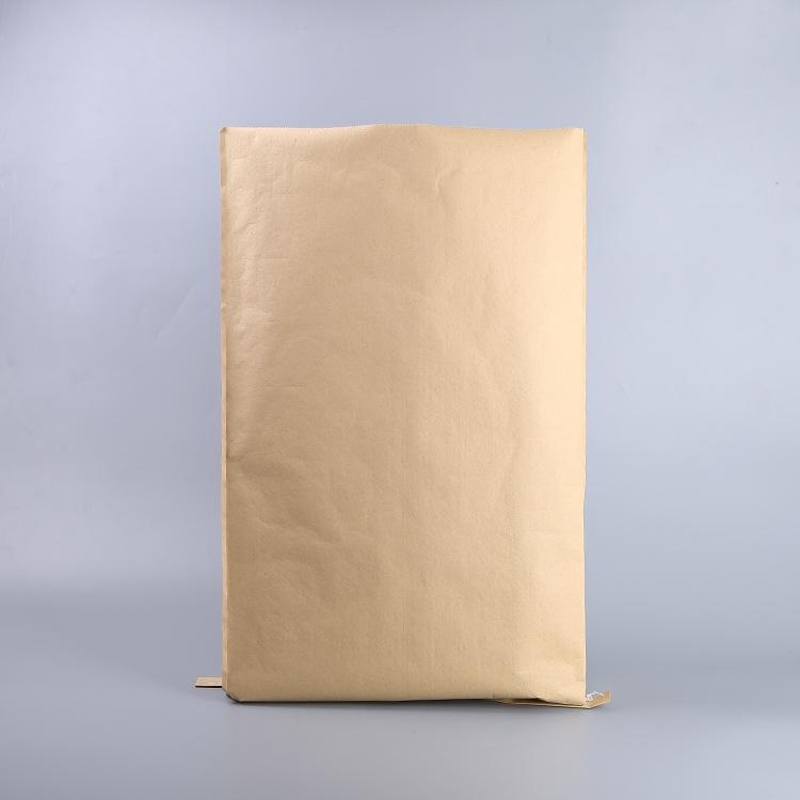Cosmetic Ingredient
- • Abrasive (124)
- • Absorbent (84)
- • Anticaking (66)
- • Anticorrosive (25)
- • Antifoaming (19)
- • Antimicrobials (290)
- • Antioxidant Ingredient (393)
- • Antiperspirant (20)
- • Antiplaque (48)
- • Anti-seborrheic (38)
- • Anti-sebum (39)
- • Antistatic (458)
- • Astringent (162)
- • Binding Agent (172)
- • Bleaching Agent (53)
- • Buffering (191)
- • Bulking (109)
- • Chelating (122)
- • Cleansing (679)
- • Cosmetic Colorant (212)
- • Cosmetic Preservative (158)
- • Denaturant (45)
- • Deodorant (98)
- • Depilatory (27)
- • Dissolving Agent (298)
- • Emollient (795)
- • Emulsifying Agent (480)
- • Emulsion Stabilising (154)
- • Exfoliating (19)
- • Film Forming (299)
- • Flavouring (72)
- • Foam Boosting (161)
- • Foaming (101)
- • Fragrance Ingredient (726)
- • Gel Forming (19)
- • Hair Conditioning (670)
- • Hair Dyeing (363)
- • Hair Fixing (36)
- • Hair Waving or Straightening (45)
- • Humectant (282)
- • Hydrotrope (92)
- • Keratolytic (20)
- • Light Stabilizer (80)
- • Moisturising Agent (50)
- • Nail Conditioning (42)
- • Occlusive (20)
- • Opacifying (119)
- • Oral Care (123)
- • Oxidising (19)
- • Perfuming (2105)
- • Plasticiser (98)
- • Propellant (19)
- • Reducing (50)
- • Refatting (12)
- • Refreshing (26)
- • Skin Cleansing (388)
- • Skin Conditioning (1751)
- • Skin Humectant (21)
- • Skin Protecting (282)
- • Smoothing (31)
- • Soothing (71)
- • Tonics (155)
- • UV Filter (34)
- • Viscosity Controlling (532)
Chemicals as Skincare Ingredients
Related News
-
Pfizer China Oncology Division Restructures Amid Executive Changes
2025-03-19 -
Price Surge Alert as Major Suppliers Increase Barium Sulfate Costs by 200 Yuan per Ton
2025-03-20 -
Shell Considers Partnering with the U.S. and Closing European Chemical Assets
2025-03-26 -
Quaker Houghton Acquires Dipsol Chemicals, Strengthening Advanced Solutions Portfolio
2025-03-27 -
AstraZeneca to Invest $2.5 Billion to Establish Global Drug R&D Center in Beijing
2025-03-25 -
Saudi Aramco CEO: Invest in downstream projects in China's energy, chemical and other fields
2025-03-28
Buffering
-
Industrial Grade / 99%
$5-6.5/KG FOB
-
Chemical Grade / 99%
$1/KG FOB
-
Food Grade / 99%
-
- / 99.00%
Potassium bicarbonate
(298-14-6)-
Industrial Grade / 99%
$1-1.3/KG FOB
-
Food Grade / -
-
Chemical Grade / 98%
-
- / 0.00%
Malonic acid
(141-82-2)-
Industrial Grade / 99%
-
-
- / 0.00%
-
- / 99.00%
Request for quotation , get quotes from more suppliers.
2-Amino-2-methyl-1-propanol
(124-68-5)-
Cosmetics Grade / 99%
-
Industrial Grade / 98%
-
pharma grade / 99%
-
Industrial Grade / 97%
$30-33/KG FOB
Request for quotation , get quotes from more suppliers.
Glyoxylic acid
(298-12-4)-
Cosmetics Grade / 99%
$70-90/KG FOB
-
Cosmetics Grade / 50%
-
Cosmetics Grade / 98%
-
Cosmetics Grade / 99%
$2300-2800/MT FOB
Phosphorus pentoxide
(1314-56-3)-
Industrial Grade / 99%
$1-1.3/KG FOB
-
Chemical Grade / 99%
-
-
Request for quotation , get quotes from more suppliers.
Itaconic acid
(97-65-4)-
Cosmetics Grade / 99%
-
Cosmetics Grade / 99%
-
Industrial Grade / 99%
-
Industrial Grade / 99%
Request for quotation , get quotes from more suppliers.
L-Malic acid
(97-67-6)-
Food Grade / 99.30%
-
Industrial Grade / 99%
-
- / 99.00%
-
Request for quotation , get quotes from more suppliers.
-
Sodium disilicate,δ-samdwich crystal / 99%
-
-
- / 0.00%
-
- / 99.00%
(±)-1-Amino-2-propanol
(78-96-6)-
Industrial Grade / 99%
-
Industrial Grade / 99%
-
Industrial Grade / 99%
-
- / 99.00%
Request for quotation , get quotes from more suppliers.
Source Buffering Raw Materials by Region
More Information
Buffering products are used to maintain stable pH levels in various applications, whether it's in pharmaceuticals, cosmetics, or food processing.
Buffering products work by resisting changes in pH when acids or bases are added, thereby stabilizing the solution. This property is especially valuable in cosmetic production, where precise pH control is necessary for different formulas.
Causes of pH fluctuations
•Addition of acidic or alkaline substances.
•Biological processes producing acids or bases.
•Environmental factors influencing pH levels, such as temperature or humidity fluctuations.









